How to Save Water
Water is a
precious gift of God. Without water our earth becomes lifeless. here are top 10
tips to save water.

Water is the
most important and precious resources after air. Though 70% of our earth covers
with water but only 2.5% of fresh water. 97% of earth’s water is salty which
isn’t drinkable, about 2% of water is locked in ice-caps and glaciers and
remaining 1% is ground water. Clean and fresh water is the most precious
resources so use the water wisely and be responsible of it. Save water to save
our earth.
Best 10
Ways To Save The Water
1. Collect and Save Rain water
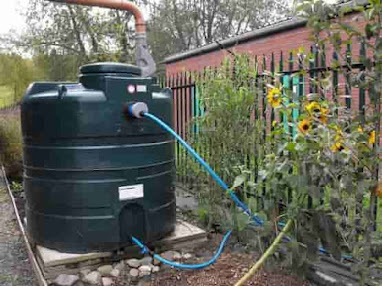
We can collect rain water in the containers like Watering cans,
polyethylene, pots, and children’s swimming pool are some household items, then
use the water for washing clothes, watering plants, watering lawns, gardens
house plants, washing vehicles and equipment and also cleaning and bathing and save a lot of water. We can install a rain barrel
that can collect and store more free water. One tenth of an inch of rain
falling on a thousand square feet of roof can fill 65 gallons of water.
2. Save Water While Taking a Bath
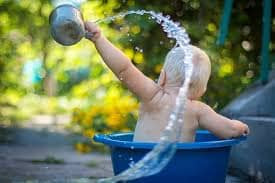
Normally a person uses up to 30 gallons of water to take a shower. Older
showerheads deliver 5 to 7 gallon of water per minute while low-flow
showerheads deliver 2.5 gallon. The shorter shower, the greater saving. We can
use a bucket to bath that can save water and time.
3. To Save Water While Cooking

We use a lot of water to cook food, wash vegetables and fruits. To save
water, we can use a bowl to clean the veggies and fruits instead of washing them
under the faucet. After washing the veggies or fruits, use the water to watering plants in the garden or potted plants. In this way, we can save up to 4 gallon
of water per minute. Sometimes we boil vegetables, pasta or grains and drain
the water. But we can reuse the water to boil other food, grains, make soups or
make bread and also used the water to watering plants. We can install a
motion-sensor faucet that automatically shut off when we pull our hands away
which can prevent the water running and we save water. In this way we can save a
lot of water every day.
4. Reusing Dirty Aquarium Water
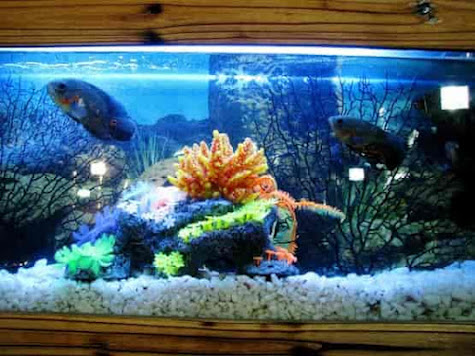
The aquarium water must be routinely changed because the
excess toxic materials and waste dissolved in water are harmful for fish. After
refilling the aquarium with water, the dirty water can be used for watering the
potted plants and also used in garden because this water contains nitrogen,
phosphorous, ammonium, potassium and other microorganisms that can act as
natural fertilizers. But don’t use water from saltwater aquarium because it
contains salt that is harmful for plants.
5. Reuse Unused Drinking Water

Always take a right amount of water in glass but if we can
take extra water in glass, instead of throwing of it, we can pour it in a bowl
and use it to watering plants and also give our pets to drink. To save water, we can pour the
water into the bath basin in the garden or terrace for allowing the birds to
bath in and drink.
6. Fix Leaks Immediately to Save Water

A minor leak in faucet can waste 3000 gallon of water in a
year. After seeing the leaks, immediately call the plumber to fix the leaks to save water. Until the leakage is fixed, put a bucket to catch the dripping water and use
the water as you like.
7.
Save Water While Washing Dishes

Normally a dishwasher use about 4 gallons of water per cycle
but hand washing can use up to 20 gallons of water, so to save water, run the
dishwasher when it is full. For a light dinner with family or friends, we can
use paper cups and plates. After eating, the paper cups and plates are thrown
away and no need to wash a huge pile of dishes and we can save a lot of water
8.
Saving Water While Washing Clothes
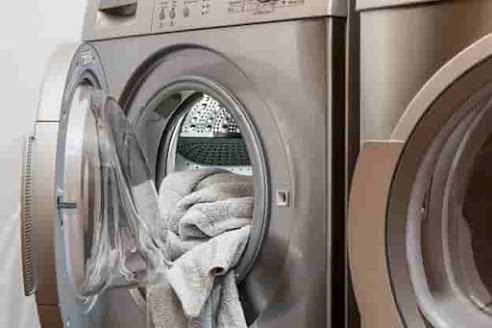
Normally 22% of water is used to do the laundry. According to
the U.S Environmental Protection Agency (EPA), a washing machine uses 41
gallons of water per load. Front loading highly efficient washing machine is the
best because it uses less 28 gallons of water and can save 6000 gallons of
water per year for an average family. Always wash a full load of laundry that
can save water, time and more money on water bill. Reuse laundry water to clean
the pavements and driveway and also use to wash our vehicles.
9. Turn off the Tap to Save Water

To save up to 200 gallons of water, turn off the tap when
brushing teeth, saving, washing face or soaping. If we wash our hands nearly 9
times per day and spend 20 seconds for scrubbing our hands then we can save 6
gallons of water per day by turning off the tap while scrubbing our hands.
10.
Saving Water While Gardening
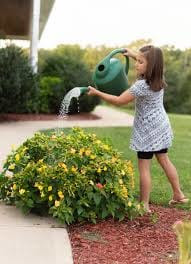
To save water, always use a watering can instead of a hose
because a hose uses around 135 litres of water for every 15 minutes of use. To
save water and prevent the water to evaporate, always watering plants early in
the morning and late at night. Add a couple inches of mulch in garden beds
that not only saves water, also
keeps soil temperatures cooler in hot weather, reduces weeds and prevents
fungal diseases. All plants need water to live but there are many plants that
can live with little quantity of water. These plants we can easily grow in our
gardens that also give beauty to our gardens and we save water.
Here are some best drought tolerant Plants!
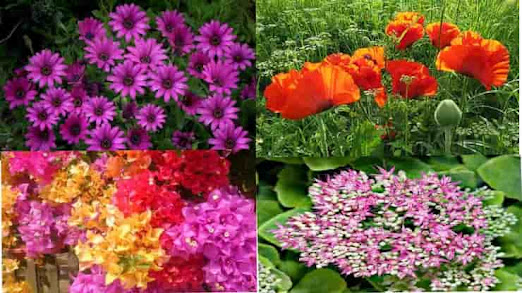
· Agave
· Poppy
· Rock Daisy
· Jade Plants
· Oleander
· Bougainvillea
· Adenium
· Lithops
· Lantana
· Sedum
· Verbena
Drought Tolerant Cacti

· Bunny ears cactus
· Claret cup cactus
· Blue flame cactus
· Barrel Cactus (Ferocactus)
· Moon cactus
· Christmas cactus
· Old Lady Cactus (Mammillaria haiana)
· Chin cactus
“Water, water, every where, nor only drop to drink” – Samuel
Taylor Coleridge.
Yes, it’s true, 97% of water on the earth is undrinkable
because it is saline or salt water. Clean and fresh water is the most precious
resources so use the water wisely and be responsible of it. Make a habit of
saving water in your every day life. By adopting small practices to reduce water use, we can
collectively make a significant impact on our environment and our communities
in the long term. To
save water we must reduce water wastage, prevent water quality loss and improve
water management.


.jpg)













0 Comentarios:
Post a Comment
Please do not use any abusing words or enter any spam links in the comment box